The Very Queer, Extremely Relevant Power Of A Good Waistcoat
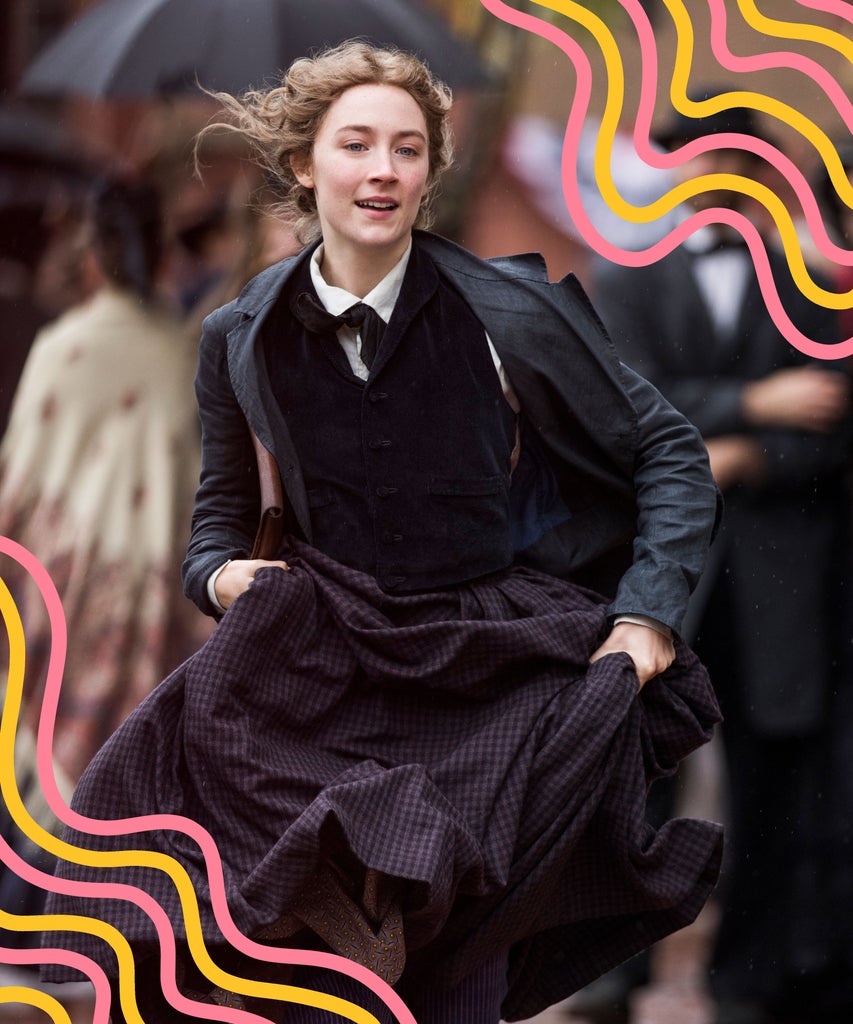
The last time I was seriously considering the debonair potential of a waistcoat, I was eight and raiding the dress-up box for something pirate-appropriate – striped t-shirt, eye-patch, and kohl moustache included. The black velvet waistcoat I found then, much too large with little silver buttons bright as doubloons, is now hanging in my wardrobe again. These days it actually fits. It looks great over silk shirts or alongside high-waisted trousers. It offers a suave, almost theatrical mood – like I should be a slightly subdued circus ringmaster, or, when it’s paired with a black velvet pencil skirt, a sixties secretary with delusions of beatnik grandeur.
Neither of those reference points are responsible for the grand waistcoat renaissance of late, though. Instead, we can probably lay the responsibility partly at the feet (or should that be laced boots?) of Little Women. Winning an Oscar for her frilled, caped visions of girlhood, costume designer Jacqueline Durran has undoubtedly helped buoy the current taste for prairie style dress. However, alongside the more feminine trappings of Greta Gerwig’s reimagining of Louisa May Alcott’s classic, there are other details that linger. Namely, Jo March’s waistcoats. She wears them in black velvet over blue shirts, and yellow and red brocade accompanied by a striped neck-scarf. They set her squarely apart from her sisters, suggestive in their comfortable fit and masculine tailoring of her restless desire for freedom. It’s a desire that’s hard to reconcile – a request to be unfettered by the confines of gender, to write and live and love as suits her rather than as expected.
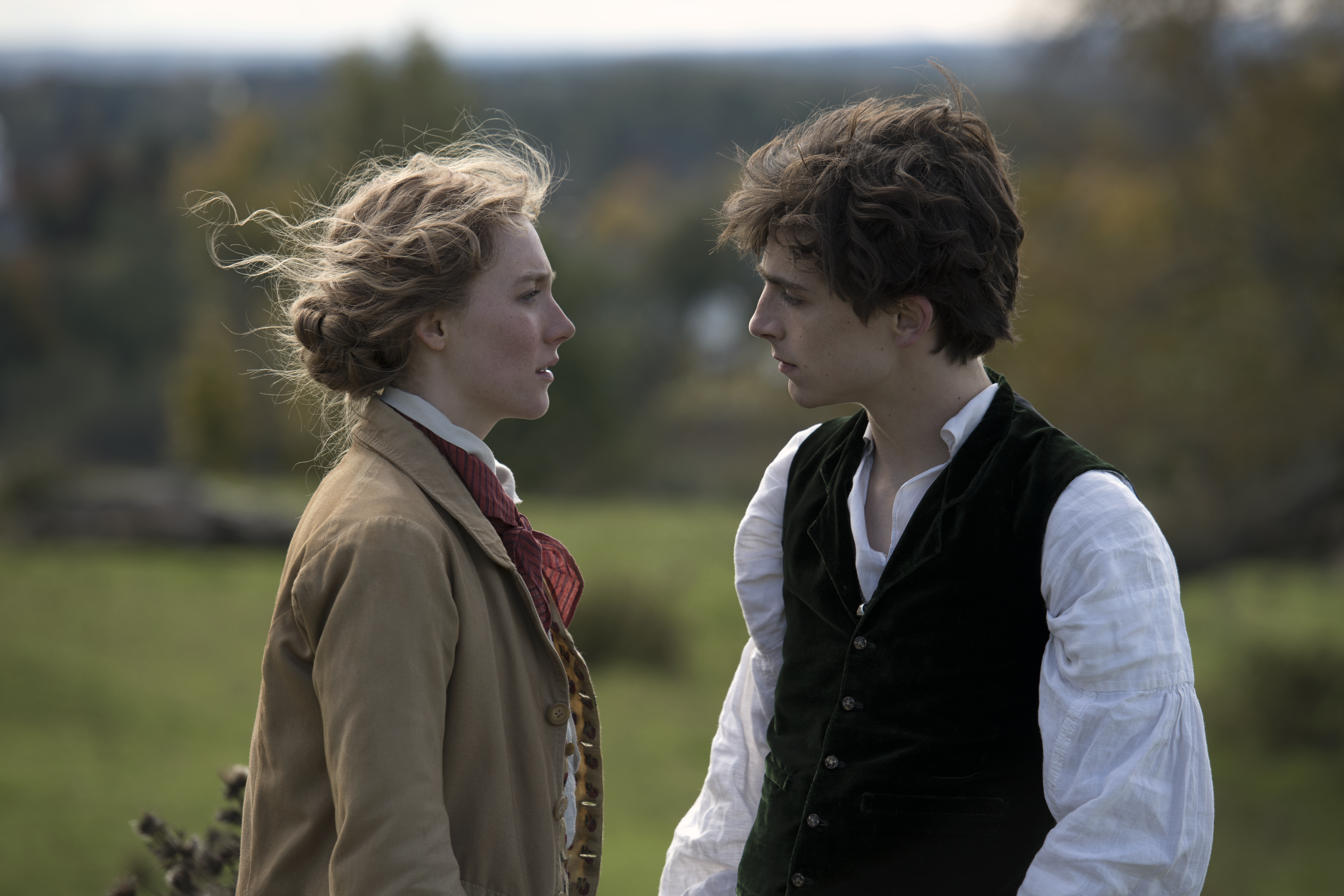
However, her waistcoats aren’t just about independence. Instead they are also a tether – providing a close point of affinity with Laurie as the childhood friends swap garments back and forth. That same yellow and red brocade vest moves from Timothée Chalamet to Saoirse Ronan over the course of the film, marking not only the passing of time but also the casual intimacy of an item of clothing that continues to be shared even as the wearers move apart.
It’s not just Jo, though. Recent seasons have seen the fashion world enthusiastically embrace the waistcoat. For SS20 they appeared alongside pinstriped trousers and wide-collared shirts at Louis Vuitton, layered over seventies-style blouses at Celine, worn beneath matching blazers and trench coats at MaxMara, and paired with shorts and knee-high boots at Saint Laurent. Their popularity isn’t set to wane either; their presence notable in several recent AW20 shows including Burberry, The Row, and Preen. They were also found in up-and-coming Finnish designer Ella Boucht’s graduate collection as part of the Central Saint Martins MA show in London, with Boucht telling Vogue that the collection – combining bold tailoring, playful cut-outs, sports bras and waistcoats with harness backs – aimed to help “fill the lesbian void in fashion.”
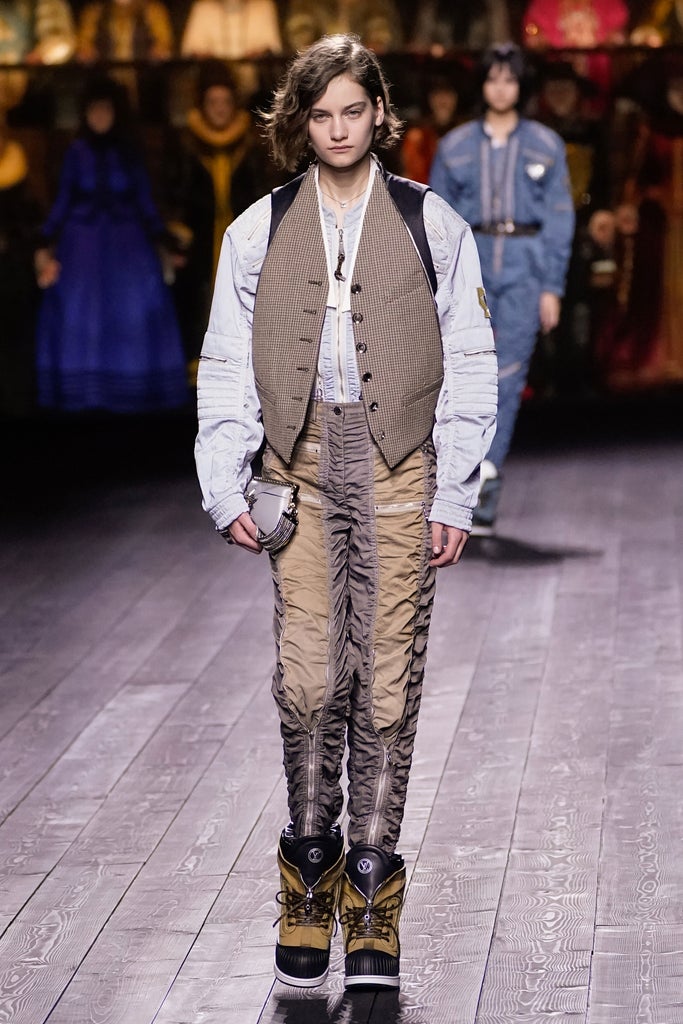
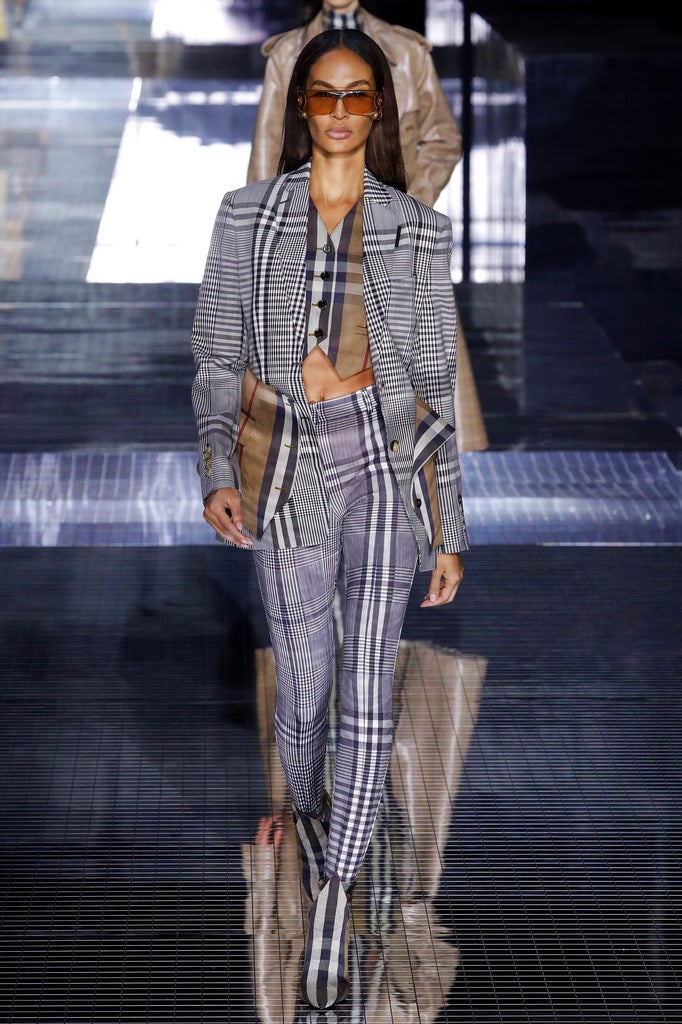
Most explicitly at Boucht’s show, and implicitly elsewhere, the waistcoat often figures as an enjoyably charged sort of garment. One that, when worn by women and non-binary people, has formed part of a rich tradition of menswear being adopted by those historically denied the cultural power and privilege embodied in the seams of a suit. This has been an endeavor by turns deeply serious, deliberately subversive, and flamboyantly exciting, depending on context.
And it’s a very specific bit of menswear. First introduced in the West by Charles II, the occasion was marked by diarist Samuel Pepys in 1666 noting the King’s proclamation of “setting a fashion” for “a vest.” Over the next few centuries the garment veered between ornately decorative and soberly serious, eventually prefiguring the more contemporary three-piece suit when nestled beneath well-cut jackets — helping to create a neatly streamlined silhouette for 19th Century men wishing to show off their slender waists. In its modern incarnation, it has been a garment both useful (warm, not requiring laundering as frequently as the shirts it partially covers) and highly aesthetic (slimming, decorative, indicative of very particular formal dress codes).
Reasons for women and non-binary people donning waistcoats have been much more varied and complex. Sometimes it was practical. Think of 19th Century French writer George Sand walking through Paris clad in a grey overcoat with matching trousers and waistcoat — as written about brilliantly by Lauren Elkin in Flâneuse — her garb affording her an exhilarating liberation not usually experienced by women. Or Katharine Hepburn, who always prioritized comfort and was once denied entrance to the lobby of Claridge’s Hotel in London for doing so (she refused to change out of her trousers and went in by the service entrance instead). There’s a gorgeous photo of Hepburn from her later years dressed in a powder blue suit with matching waistcoat, paired perfectly with white socks, buckled shoes, and a cigarette held nonchalantly between orange painted nails.
Of course, the waistcoat holds particularly significant meaning in queer circles, where menswear hasn’t just figured as a reclamation of power but a visible encoding of difference – and desire – as well. Here, the waistcoat’s lineage is long and fascinating. In 1828, the German Prince Puckler-Muskau visited the Ladies of Llangollen, otherwise known as Eleanor Butler and Sarah Ponsonby. The couple had caused a sensation by running away together from Ireland in their youth and eventually settling in Llangollen, North Wales. Or as Puckler-Muskau flippantly put it, “56 years ago, two young, pretty and fashionable ladies… took it into their heads to hate men, to love only each other, and to live from that hour in some remote hermitage.” Meeting them when Eleanor was 83 and Sarah 74, he described them as both being dressed in “a round man’s hat, a man’s cravat and waistcoat, but in the place of ‘inexpressibles,’ a short petticoat and boots.”
Notable lesbian Anne Lister, whose explicit diaries would later help explode the myth that women who existed outside of heterosexual convention weren’t all that interested in sex, had also visited the ladies several years earlier in 1822 – finding solace in their very singular way of life. She too made use of a more androgynous mode of dress, combining aspects of men’s and womenswear. When her life was dramatized on-screen last year in Gentleman Jack, waistcoats and billowing sleeves figured heavily. The sleeve point is important. One of the obvious draws of a waistcoat is that it leaves collar and sleeves free – offering room to play with structure, silhouette, and layering (or, in more recent times, the thrilling chance to wear it with absolutely nothing beneath).
Skip forwards a century to the 1920s and waistcoats became a common sight in European lesbian and bisexual circles, worn alongside both trousers and skirts. French author Colette, who herself imagined an updated existence for the Ladies of Llangollen in her novel The Pure and the Impure described her own cross-dressing in Paris in the 1920s as involving “sometimes a waistcoat, and always a silk pocket handkerchief.” Although Colette’s writing about sexuality was often ambivalent, she documents the sartorial mood of the times well – especially for those involved in the community that revolved around American writer Natalie Barney, whose Parisian literary salons brought together plenty of notable queer and artistic figures. Barney, who meticulously divided her love affairs with women into the categories of liaisons, demi-liaisons, and adventures, had a demi-liaison with Colette. One of her much longer term liaisons, spanning nearly fifty years, was with the painter Romaine Brooks. In 1923, Brooks completed a portrait of another painter named Gluck, a gender non-conforming lesbian often known to close friends as Peter. In Brooks’ beautiful grey-toned painting, Gluck’s striped waistcoat and silk tie are hugely striking. They look almost contemporary.
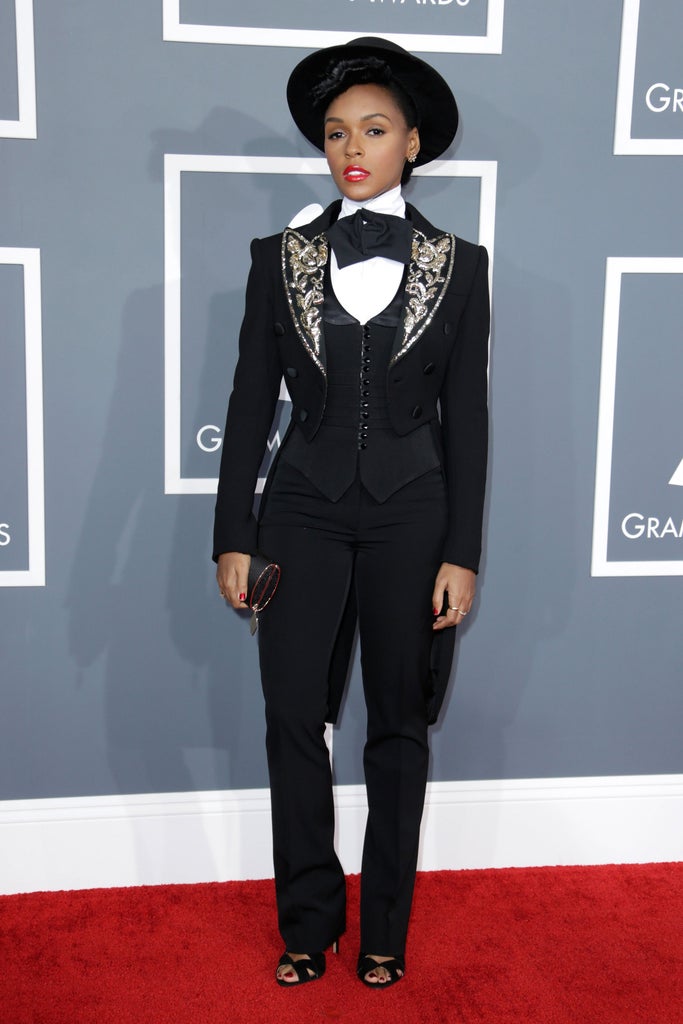
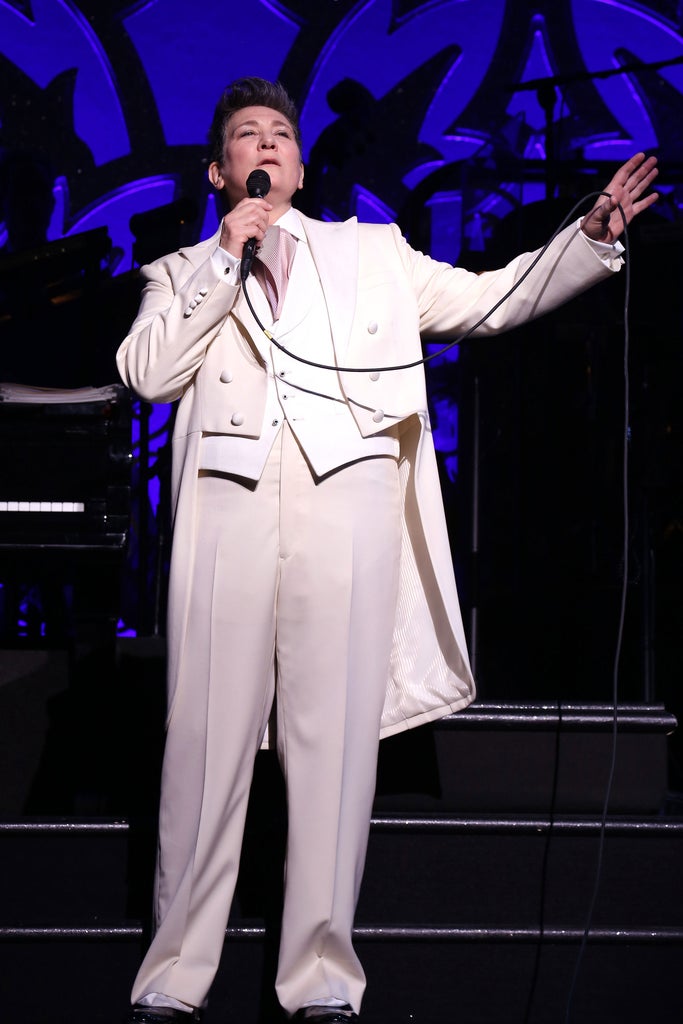
These interconnected individuals make up just the briefest glimpse into the world of waistcoat-wearing. One largely focused among a small handful of affluent individuals. But it stretches in all sorts of other directions too, taking in vaudeville male impersonators including Ella Wesner and Lillyn Brown; Gladys Bentley’s tuxedos;, Marlene Dietrich’s dandyish get-ups; the inter- and post-war solidification of butch and femme identities; Stormé DeLarverie’s thin ties and boxy tailoring; k.d. lang being shaved by Cindy Crawford on the cover of Vanity Fair; Shane from The L Word; Janelle Monae in hot pink with her jacket slung over her shoulders like a cape; Christine and the Queens artfully buttoning up a shirt, waistcoat and blazer over a black leather harness in the video for 5 Dollars, and plenty more besides.
It’s a sprawling, ever expanding list of images and references. Together they cumulatively point to an item that has been worn with careful intent: whether daring, polished, comfortable, disheveled, uniform, sexy, androgynous, or some combination of the above. Of course it has not always been a simple item to put on – historically defying not only convention, but also various restrictive laws surrounding gendered clothing. But it has also offered plenty to its wearers, from defiance and reclamation of tradition to the pragmatism of cleanly tailored lines to an undeniably camp glamour. It hasn’t always looked good (as with so many other garments, the noughties styling of waistcoats largely feels like a low point), but has often been full of great possibility: just as fitting whether one is eight and costumed as a pirate, 28 or so and immortalized in a portrait wearing a silk tie, or 84 and living out an existence purposefully and peacefully sought out in beautiful house in Wales with the woman they’ve built a life with.
Related Content:
Like what you see? How about some more R29 goodness, right here?
fromSource




Post a Comment